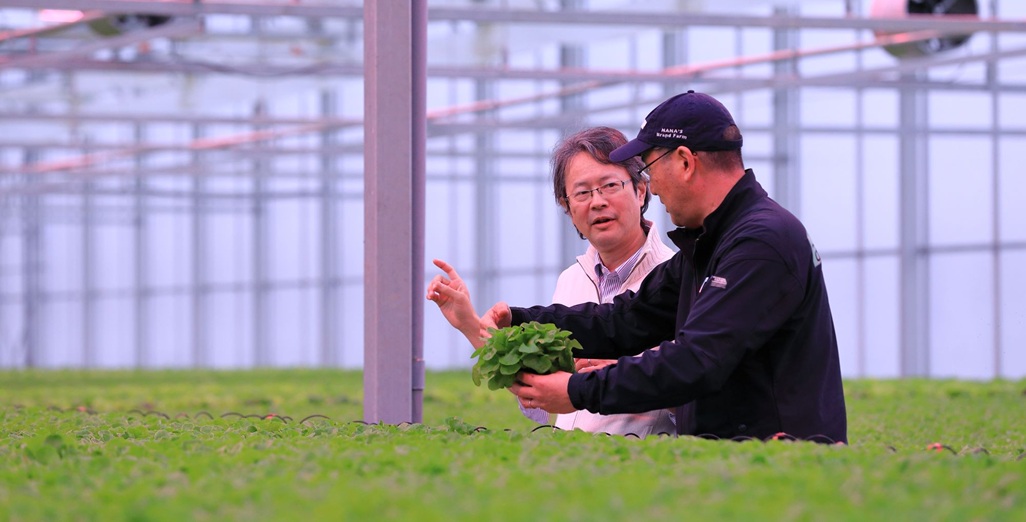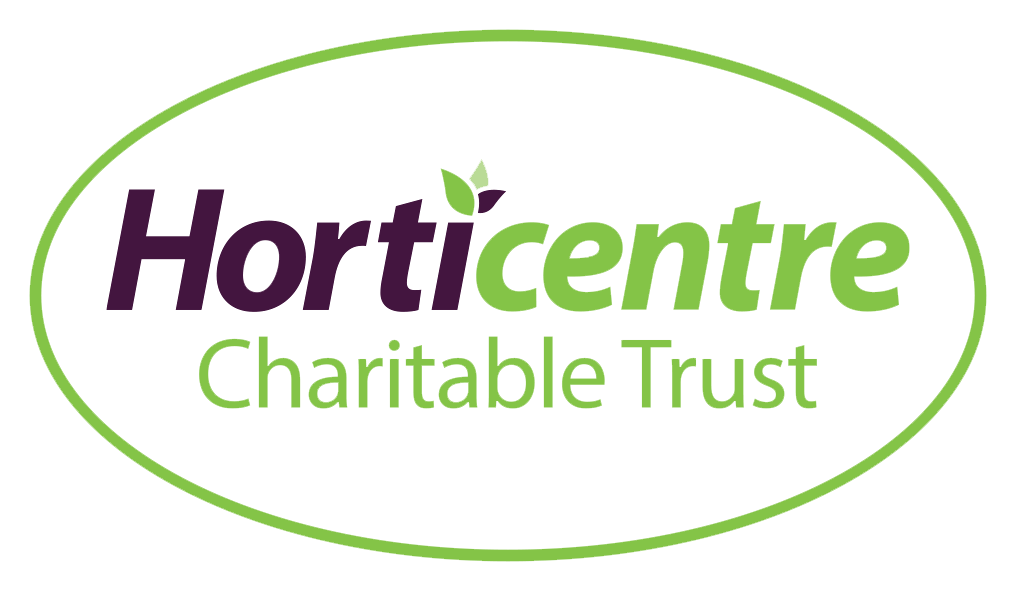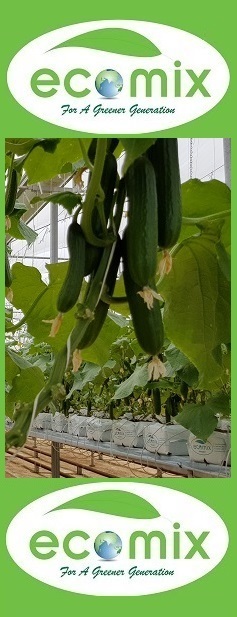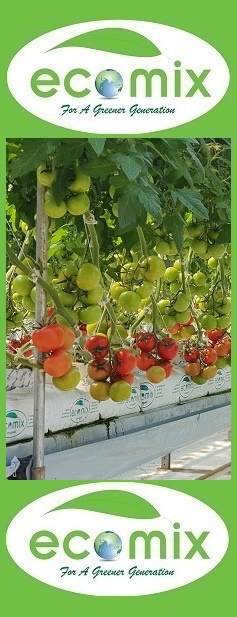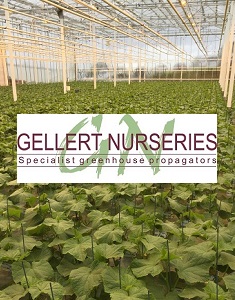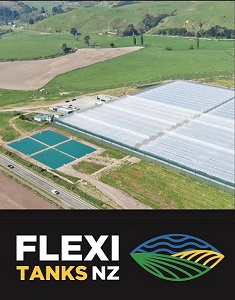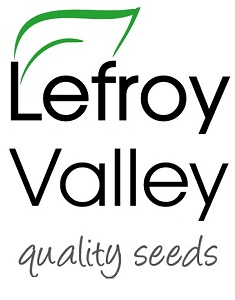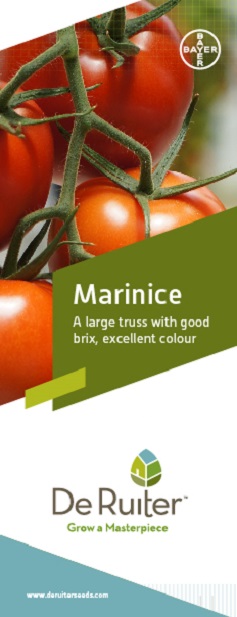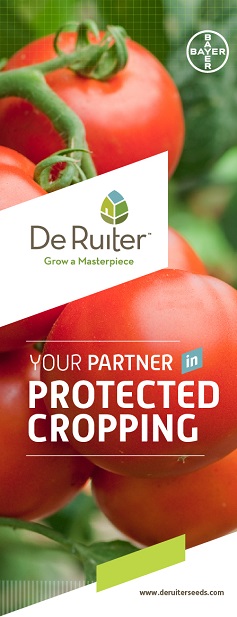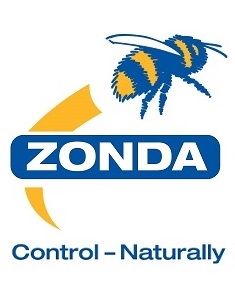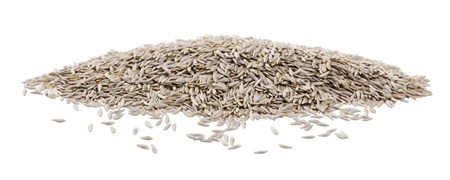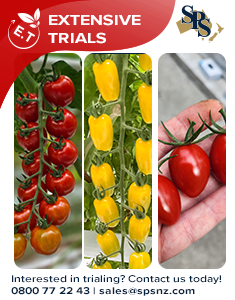Sign up here to subscribe to the Grower2grower Ezine. Every two weeks you will receive new articles, specific to the protected cropping industry, informing you of industry news and events straight to your inbox.
Aug 2021
Spring is here
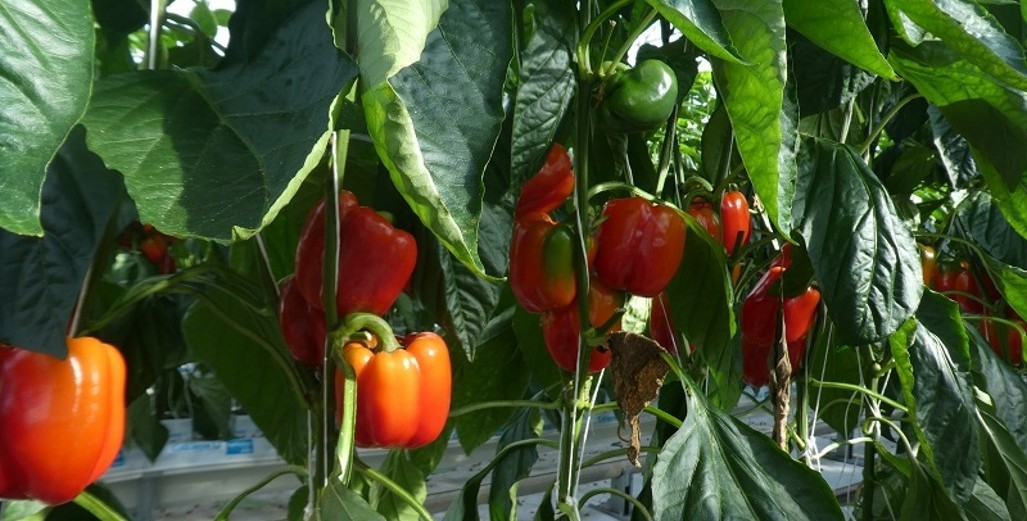
How will infected tomato PepMV crops respond?
Spring has arrived. For growers the workload, over the next four weeks, will increase exponentially as growth and production increase while light levels and temperatures rise. The white elephant in the room this year is the current lockdown which could take the focus from plant requirements. Last year when the first level 4 lockdown occurred, we were in early autumn, this year going into spring will add some extra obstacles. The Delta variant, due to its high transmissibility is going to make it even more critical to protect staff, and have them turn up to work (especially Auckland/Northland). A positive case at a growing site will make it extremely difficult to keep up with the plant work, especially if greenhouses are temporarily paused from carrying out necessary day to day plant maintenance for a set period.
Tomatoes – PepMV:
For older crops, infected in early Autumn with PepMV, it is key to evaluate in September. There is hope that increased light levels will improve the negative impacts on the fruit quality. If the plants do the opposite, then it will be imperative, for the entire industry, to rapidly increase our efforts to find solutions. Hygiene is top of the agenda as there is no other alternative. Many of the winter crops will generally have their heads removed over the next three months for replanting from early to late summer. Before new crops are replanted, extra effort will be required to thoroughly clean your irrigation systems and greenhouses. For companies with a green bridge – this is going to mean 100% separation of staff that are part of the cleaning and staff that continue working with infected crops, which I know is easier said than done and in practice may not be viable.
Photo locally taken recently at a retail store with very blotchy/marked fruit that looked similar to PepMV symptoms. I hope it was not PepMV because a very high percentage of the fruit was poor quality.
Irrigation:
Irrigation is a key component to growing, change at this time of the year is rapid. I advise that you keep within your target figures. If you find you are not staying within the target figures (Water Content and Electrical Conductivity) then altering your start and stop times, to increase your delivery frequency, is one option. Be careful in your approach to reducing EC
Fungal Pressure:
Spring means more temperature, more rain and an increase in humidity. This is a great breeding ground for funguses so be mindful not reduce your heating too quickly.
Insects:
It is that time again – whitefly and thrips will be another pest to deal with – keep up with your IPM programmes – keep monitoring and keep these pests at a minimal number for as long as possible.
Good bugs sprinkled with some of their favourite food until they kill the bad guys.
A recent image I captured (before lockdown) of a capsicum crop ready to take on the challenges of spring.
Article written and compiled by Stefan Vogrincic
All Article’s checked and edited by Marie Vogrincic
I appreciate your comments. Please feel free to comment on the grower2grower Facebook page:
https://www.facebook.com/StefanGrower2grower/
CLASSIFIED
Subscribe to our E-Zine
More
From This Category
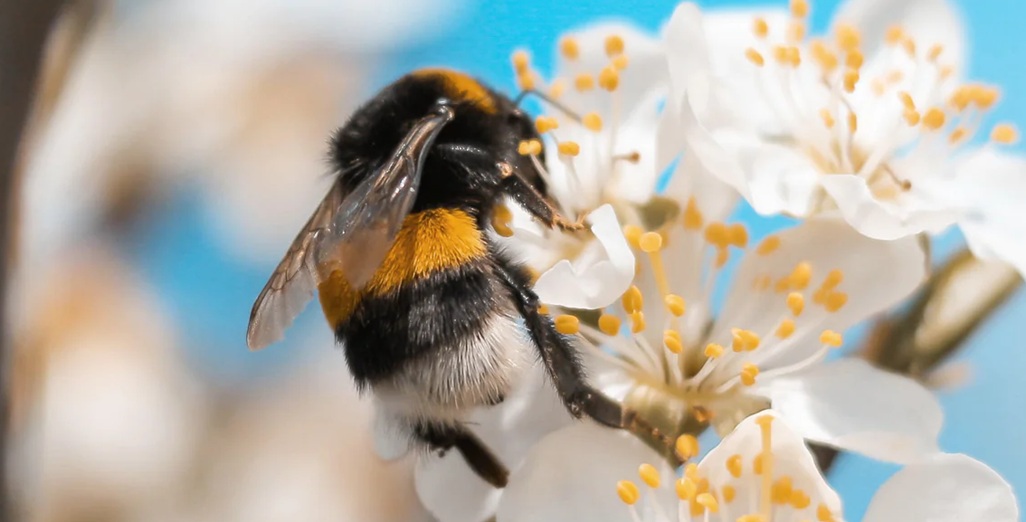
Treat your bumble bees as VIP’s (VIB’s)
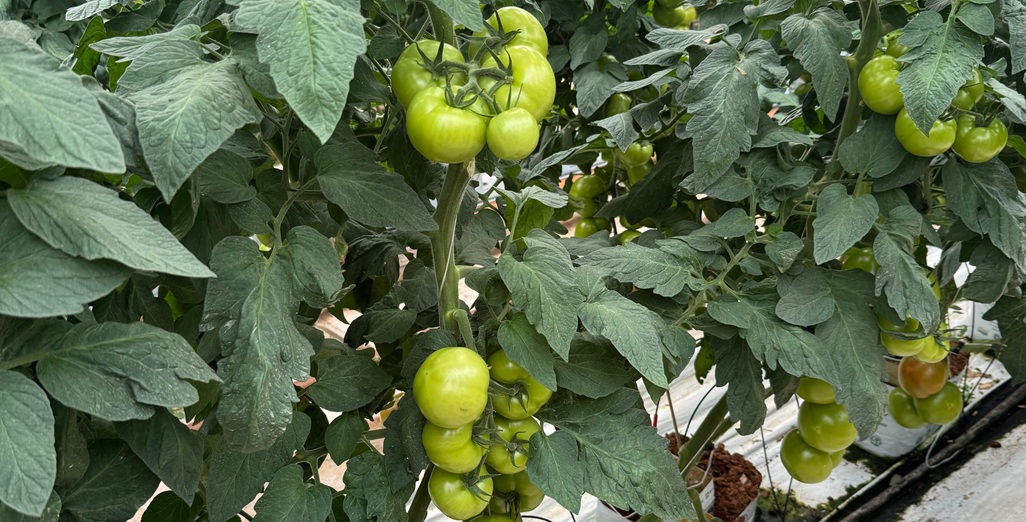
Why Maintaining Cool Slab Temperatures Is Critical for Greenhouse Crops
35-40% reduction in energy consumption while simultaneously boosting light output by 35-40%.
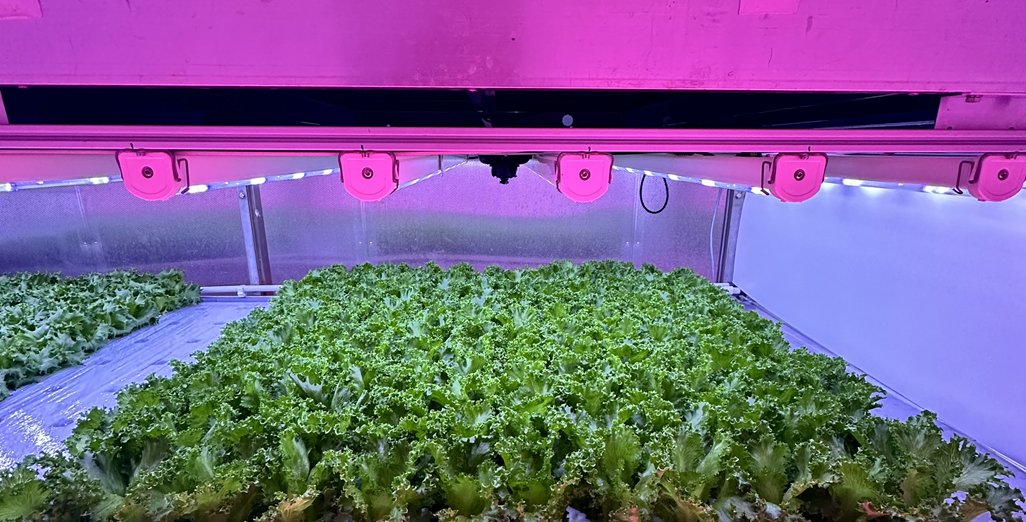
Crispy lettuce: achieving yield, quality, and longer shelf-life in vertical farms
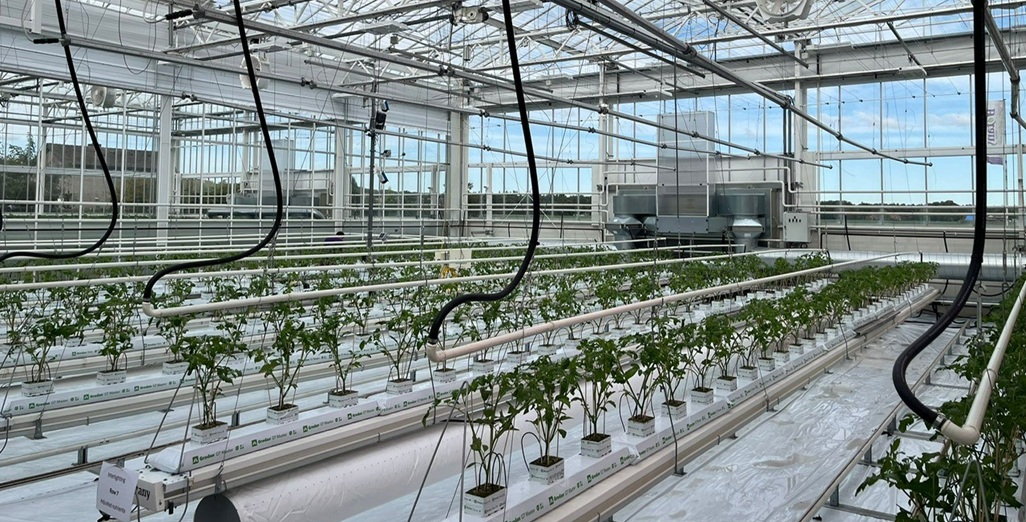
Signify and Grodan start third year of low-energy trial to test holistic approach on larger tomatoes on the vine
